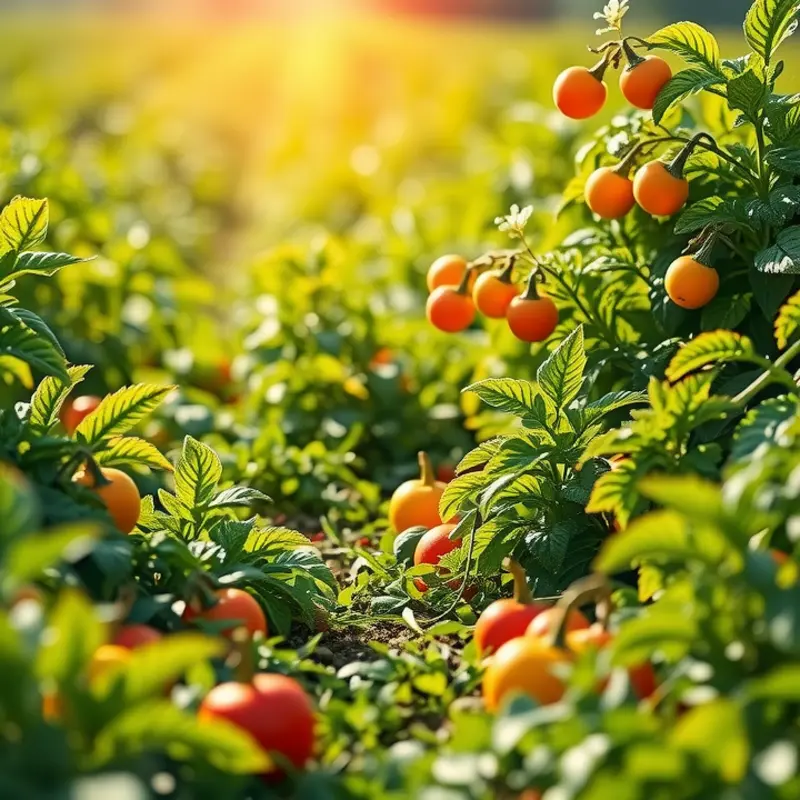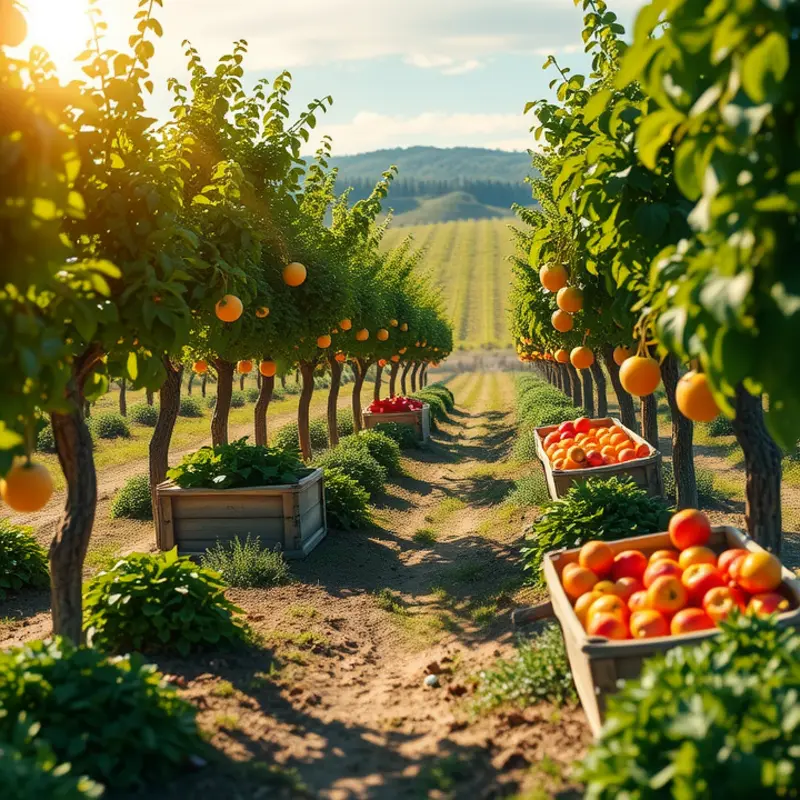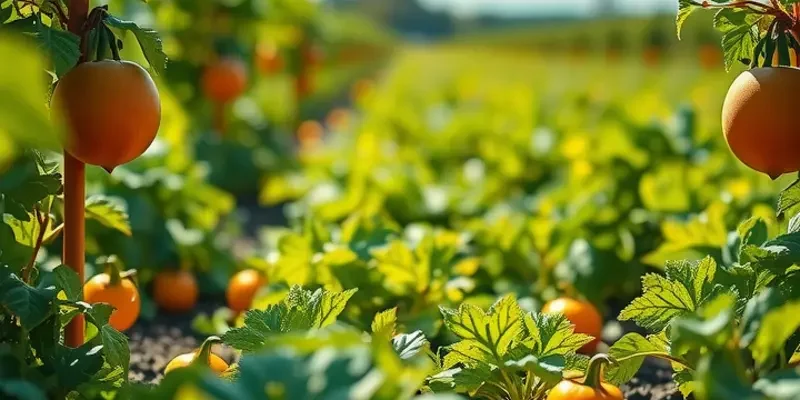Reducing food packaging not only helps in minimizing waste but also enhances food safety and storage. By adopting simple strategies, you can effectively manage your food supplies, ensuring freshness while being environmentally conscious. With techniques ranging from careful purchasing to smart storage, you can make a positive impact both in your kitchen and on the planet. This guide will provide you with actionable steps to optimize food storage and reduce packaging waste.
Smart Shopping: Choose Wisely to Reduce Packaging

The key to minimizing food packaging waste starts with smart shopping strategies. Each purchase decision you make contributes to either an increase or decrease in waste. By choosing wisely, you can significantly reduce single-use plastics and packaging that often crowd landfills.
One effective approach is buying in bulk. Stores that offer bulk sections are becoming increasingly common, providing opportunities to purchase food items without excess packaging. Imagine purchasing grains, nuts, or spices by simply weighing them and placing them in containers you’ve brought from home. Not only does this reduce packaging, but it also allows for purchasing the exact amounts you need, further minimizing waste from uneaten food.
When it comes to fresh produce, opting for loose items rather than those wrapped in plastic or foam trays is another impactful choice. Choosing loose produce means you’re engaging in zero-waste practices from the start. It might require a few extra moments at the store to select items individually, but considering the environmental benefits, it’s a small investment of time worth making.
Using reusable bags is crucial in your quest to cut down on plastic waste. These eco-friendly bags can be used for an extended period and are available in various sizes suitable for different kinds of groceries. Even better, keep a set in your car or near your shopping list to ensure you always have them on hand when needed.
Consider engaging with local farmer’s markets where produce is typically sold with minimal packaging. Not only does this support the local economy, but it also provides fresher options compared to items that have travelled long distances in plastic wraps. Building relationships with local vendors can also open doors to special requests for reduced packaging on purchased goods.
At times, it’s easy to go overboard during sales and promotions, buying food items wrapped unnecessarily in plastic. Approach these sales with a mindful attitude. Purchase only those products you truly need and ensure they are packaged sustainably. Look for items with recyclable or compostable packaging as alternatives to traditional plastics.
Additionally, getting in tune with seasonal eating can contribute to reduced packaging. Seasonal produce often requires less packaging due to shorter transportation times from local farms to stores. Plus, these foods usually offer better taste and nutritional value.
To complement these strategies, follow eco-smart kitchen storage practices to further reduce waste in your home. These principles ensure that your efforts in smart shopping extend into sustainable storage solutions.
By integrating these practical shopping habits into your routine, you’re making conscious choices that benefit the environment and your wallet. As more people adopt these habits, retail environments will gradually shift towards more sustainable practices, making eco-friendly shopping the norm rather than the exception.
Efficient Food Storage: Keep It Fresh with Minimal Waste

When it comes to preserving food freshness while minimizing waste, a thoughtful approach to storage is crucial. We begin with considering the containers we use. Switching from single-use plastics to glass containers not only reduces plastic waste but also helps maintain the purity of stored food, as glass doesn’t leach chemicals. Glass containers are durable, reusable, and can go from the fridge to the oven or microwave, saving time and simplifying meal prep.
Another strategy to prolong food freshness is effective fridge organization. Maximize space by using stackable containers and storage bins that utilize vertical space. Consider labeling shelves to remind everyone in the household where items should be placed, reducing the chances of forgotten food languishing at the back. Keep perishables like fruits and vegetables at eye level to ensure they’re consumed before spoiling.
Utilize crisper drawers effectively by adjusting humidity settings to match the stored produce. Vegetables benefit from high humidity, while fruits, which emit ethylene gas, are best kept in low humidity settings, ensuring both freshness and longevity.
For those foods that might be prone to freezer burn, proper packaging techniques are essential. Instead of using plastic cling film, consider wrapping items in parchment paper before placing them in a reusable container. This method offers the same protection while being more environmentally friendly.
Reducing packaging doesn’t stop at just containers. Buying in bulk can significantly cut down on individual packaging, but it’s important to store these items correctly to prevent spoilage. Glass jars with airtight seals are ideal for dry goods like grains, beans, and pasta, keeping them fresh and protected from pests.
To further minimize waste, embrace the practice of preserving foods that are on the brink of expiring. Pickling, fermenting, and dehydrating fruits and vegetables can extend their life while turning them into delicious snacks or condiments. These methods not only cut down on waste but also transform surplus into flavorful pantry staples.
Safety, of course, is paramount. For insights into safely storing specific items like sauces, you might find this guide on safer storage of sauces helpful.
Throughout these practices, the aim is to balance efficiency and sustainability, ensuring that the food we purchase is used thoughtfully and to its fullest potential. By integrating these storage techniques into our daily routines, we not only keep our food fresh but also contribute to a more sustainable lifestyle.
Final words
Adopting mindful approaches to food packaging and storage can lead to significant reductions in waste. By making conscious shopping choices and employing effective storage methods, you not only extend the life of your food but also contribute positively to the environment. Start integrating these practical tips into your routine today, and you’ll realize the ease of managing food while keeping waste to a minimum. Remember, every small step counts toward creating a healthier planet and a smarter kitchen.







